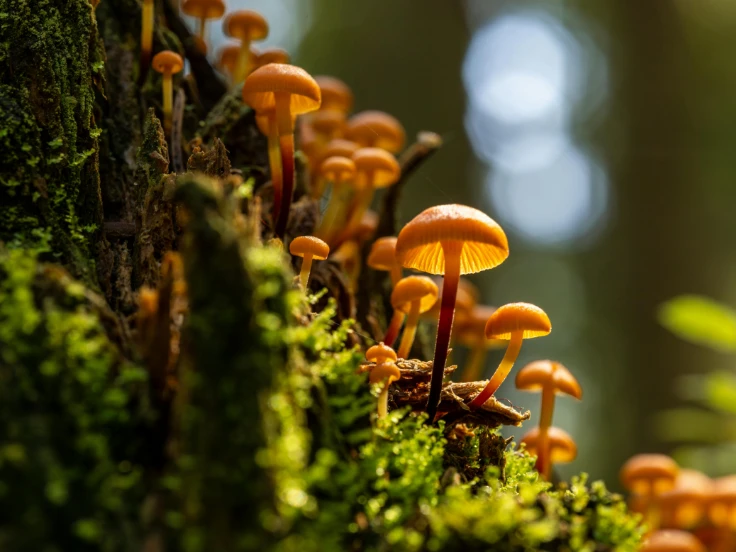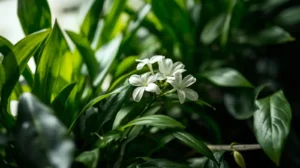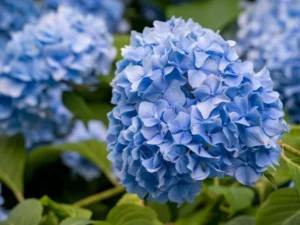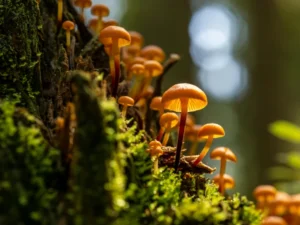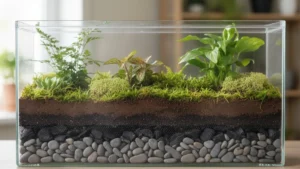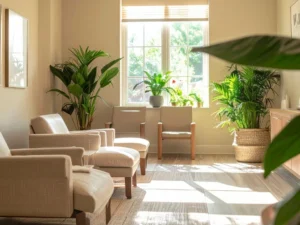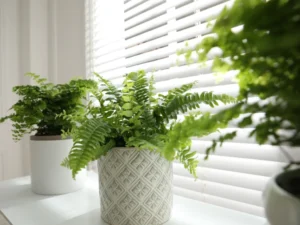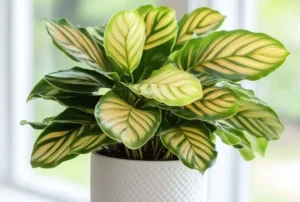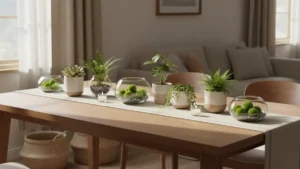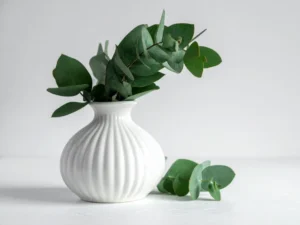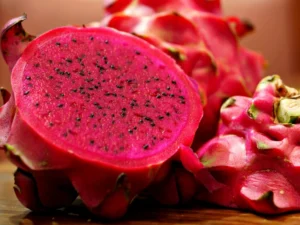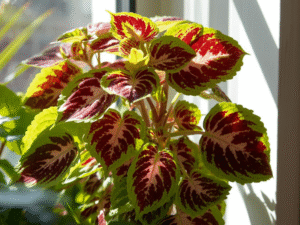Indoor gardening has evolved beyond traditional plants and flowers. One fascinating trend gaining popularity is indoor plant growing mushrooms. Growing mushrooms at home is not only rewarding but also provides fresh, organic produce right from your living room or kitchen. With the right environment and care, anyone can cultivate mushrooms successfully indoors.
Mushrooms differ from regular plants because they do not require sunlight to grow. Instead, they thrive in controlled environments with high humidity and moderate temperatures. Indoor cultivation allows enthusiasts to experiment with different species such as oyster mushrooms, shiitake, and button mushrooms, making it both a hobby and a culinary advantage.
The Basics of Indoor Plant Growing Mushrooms
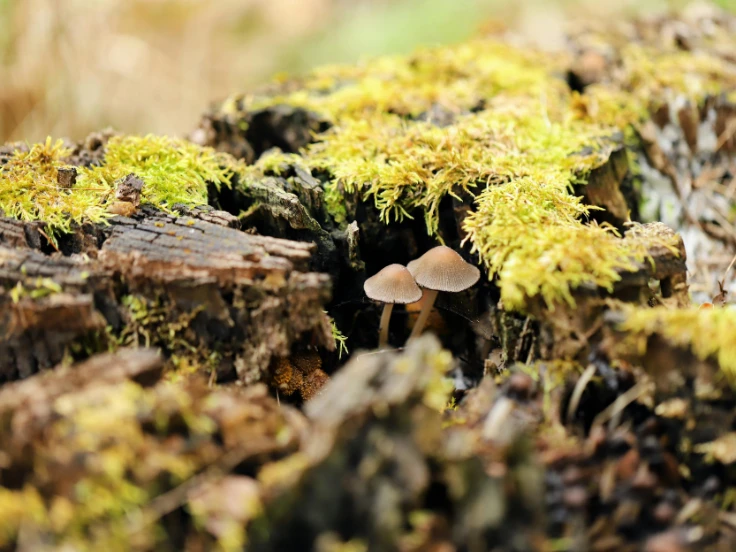
Before starting your indoor mushroom garden, it’s essential to understand the biology of mushrooms. Unlike plants, mushrooms are fungi that absorb nutrients from organic matter. They grow through mycelium, a network of thread-like structures that colonize a substrate like straw, wood chips, or compost. Understanding the growth cycle helps you optimize conditions for maximum yield.
Humidity, temperature, and airflow play critical roles in mushroom development. For example, oyster mushrooms prefer temperatures between 55°F and 65°F, while shiitake mushrooms thrive slightly warmer. Mist regularly to maintain humidity, but avoid waterlogging, as excessive moisture can cause contamination or mold.
Science Behind Indoor Mushroom Cultivation for Home Growers
Not all mushrooms are suitable for indoor cultivation. Selecting the right species ensures success and makes the process enjoyable. While beginners may start with oyster mushrooms, more experienced growers might try exotic varieties like lion’s mane or maitake.
-
Oyster Mushrooms: Fast-growing, beginner-friendly, and highly adaptable to indoor environments.
-
Shiitake Mushrooms: Require hardwood substrates and slightly higher temperatures.
-
Button Mushrooms: Commonly available, ideal for kitchens with controlled humidity.
-
Lion’s Mane: Exotic appearance, requires careful humidity control but provides unique taste and texture.
Choosing mushrooms also depends on your space, budget, and experience. Some species require sterilized substrates and precise care, while others are more forgiving, making them ideal for home growers.
Preparing Your Indoor Space for Growing Mushrooms
Creating the right environment is crucial for indoor mushroom cultivation. Even small spaces can be adapted for growing mushrooms with proper planning. Maintaining clean, ventilated areas with consistent humidity and temperature ensures healthy growth and higher yields.
-
Ensure a clean, ventilated area free from pests and contaminants.
-
Maintain consistent temperature and humidity using humidifiers or spray bottles.
-
Provide indirect light if necessary, especially for species that require low light levels.
-
Use trays, jars, or grow bags designed for mushroom cultivation.
-
Keep the substrate moist but not waterlogged to prevent mold growth.
A dedicated indoor space not only increases yields but also reduces the risk of contamination, ensuring a successful harvest.
Step-by-Step Guide to Indoor Plant Growing Mushrooms
Once your space is ready, it’s time to start cultivating mushrooms. While the process may seem complex, following a structured approach simplifies it.
-
Choose Your Mushroom Species: Select a type suitable for your experience level and indoor environment.
-
Prepare the Substrate: Sterilize or pasteurize the substrate to eliminate competing organisms.
-
Inoculate the Substrate: Introduce mushroom spores or mycelium to the prepared substrate carefully.
-
Incubation Phase: Store the inoculated substrate in a warm, dark place until mycelium fully colonizes it.
-
Fruiting Phase: Move the colonized substrate to a cooler, humid environment with indirect light to encourage mushroom growth.
-
Harvesting: Cut mushrooms at the base when fully grown, then continue misting for multiple harvests.
Consistency and attention to detail are key factors in producing healthy, edible mushrooms at home.
Nutritional Benefits of Home-Grown Mushrooms
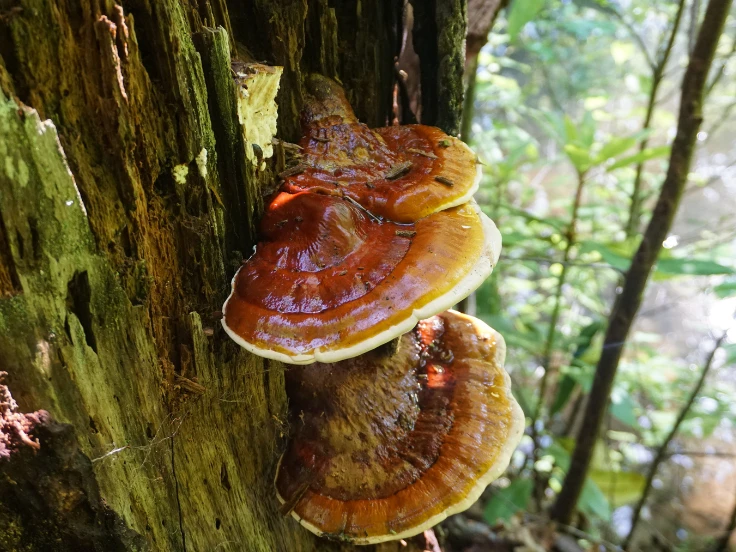
Indoor-grown mushrooms are not only convenient but also nutritious. They are low in calories, rich in protein, vitamins, and minerals, and contain bioactive compounds that support immunity. Regular consumption may improve heart health, brain function, and gut health.
Mushrooms can enhance a variety of dishes, from soups and stir-fries to gourmet recipes. Their earthy flavors and unique textures make them versatile ingredients in everyday meals. Additionally, growing your own mushrooms ensures freshness and reduces reliance on store-bought varieties.
Tips for a Healthy Indoor Mushroom Garden
Maintaining a thriving mushroom garden requires patience and observation. Monitoring the environment and adjusting conditions as needed ensures consistent growth.
-
Keep humidity levels around 85–95% for most species.
-
Ensure adequate airflow to prevent carbon dioxide buildup.
-
Inspect substrates regularly for signs of contamination.
-
Rotate or reposition trays to maintain even growth.
-
Harvest mushrooms at the right time to encourage multiple flushes.
By adopting these practices, indoor growers can enjoy sustainable and productive mushroom cultivation throughout the year.
Integrating Mushrooms with Other Indoor Plants
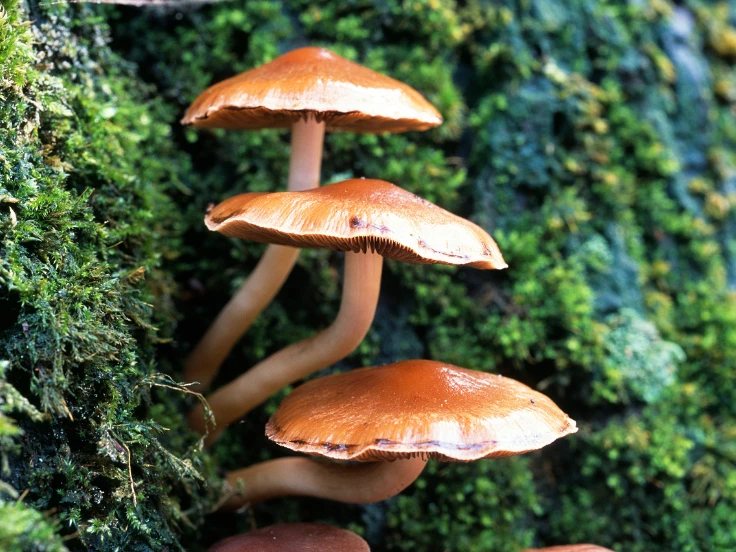
Indoor mushroom cultivation can complement other indoor plants, creating a unique and sustainable ecosystem. Mushrooms can grow alongside leafy greens or herbs, adding both visual appeal and functionality. Additionally, exploring Hamburg places to visit can inspire creative and sustainable indoor gardening ideas.
-
Use mushroom trays beneath larger potted plants to utilize unused space.
-
Select species with similar humidity and temperature requirements.
-
Rotate substrates periodically to prevent mold and maintain soil health.
-
Consider aesthetic arrangements, such as stacking grow bags or using decorative jars.
Combining mushrooms with other indoor plants not only maximizes space but also enriches your home environment.
Common Challenges in Indoor Plant Growing Mushrooms
Even experienced growers encounter challenges while cultivating mushrooms indoors. However, being aware of potential issues helps in prevention and problem-solving. For example, contamination, inconsistent humidity, or pests like fungus gnats can all affect growth and yields if not properly managed.
-
Contamination: Mold or bacteria can ruin the substrate; sterilization is essential.
-
Humidity Fluctuations: Low humidity slows growth, while excessive moisture encourages mold.
-
Temperature Variations: Inconsistent temperatures may delay fruiting or reduce yields.
-
Pests: Fungus gnats and other insects can infest mushrooms if hygiene is neglected.
Regular monitoring, proper sanitation, and understanding the needs of your chosen species are crucial to overcoming these challenges effectively.
FAQs
Q1: Can I grow mushrooms without special equipment?
Yes, small-scale mushroom cultivation can be done using jars, trays, or grow bags without high-tech equipment.
Q2: How long does it take for mushrooms to grow indoors?
Depending on the species, mushrooms may take 2–6 weeks from inoculation to harvest.
Q3: Are indoor-grown mushrooms safe to eat?
Absolutely, as long as you use clean substrates and follow proper cultivation practices.
Q4: Do mushrooms need sunlight?
Most mushrooms require low or indirect light. Sunlight is not necessary but can aid in fruiting for some species.
Conclusion:Indoor Plant Growing Mushrooms
Indoor plant growing mushrooms offers a sustainable way to enjoy fresh produce year-round. By understanding the science, selecting the right species, and maintaining optimal conditions, anyone can achieve a successful harvest. Pairing your mushrooms with indoor evergreen house plants adds greenery and enhances your indoor environment.
Beyond culinary benefits, mushroom cultivation fosters creativity, patience, and a deeper connection with nature. Whether for hobby or nutrition, indoor mushrooms are a rewarding addition to any home. Just like other indoor plants, they require careful attention to their environment learn more about how indoor plants can attract bugs here to ensure a healthy growing space.

